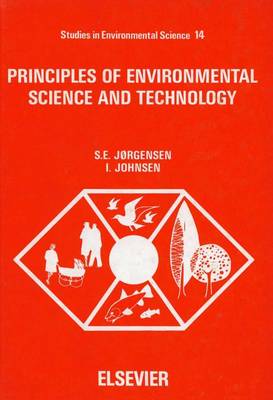Studies in Environmental Science S.
3 total works
Since the publication of the first edition of this book in 1981, it has been widely used as a textbook at university level for graduate courses in environmental management, environmental science and environmental technology (for non-engineers). As this second edition is significantly improved, it should find an even wider application than the first. In the second edition, the section on ecotoxicology and effects on pollutants has been expanded considerably, as has Chapter 4 on ecological principles and concepts. Further improvement has been made by the addition of a section on ecological engineering - the application of ecologically sound technology in ecosystems - and an appendix on environmental examination of chemicals. The problems of agricultural waste have been included in Part B, and in Chapter 6 on waste water treatment, several pages have been added about non-point sources and the application of ``soft'' technology. Throughout the book, more examples, questions and problems have been included, and several figures and tables have been added to better illustrate the text.
v. 54
The Removal of Nitrogen Compounds from Waste Water
by B.Halling Sorensen, S E Jorgensen, and B Halling-Sorensen
Published 9 November 1993
This volume gives an overview of the wide spectrum of nitrogen removal processes available today. Part A gives a brief outline of nitrogen pollution sources, the global nitrogen cycle and the treatment methods; Part B presents details of all biological methods for nitrogen removal; and Part C describes the physico-chemical nitrogen removal methods. Design examples relating to Parts B and C are given in appendices. Design equations are given in the text, but more emphasis has been placed on the profound understanding of the biological and chemical processes and the basic factors that influence these. Parameters and regression equations for a quantitive description of these factors and their influence on the key processes are presented in several tables. This feature makes the volume a very useful handbook; it will be of great value to those environmentalists who require a record of the available nitrogen removal methods from both biological and chemical viewpoints.


